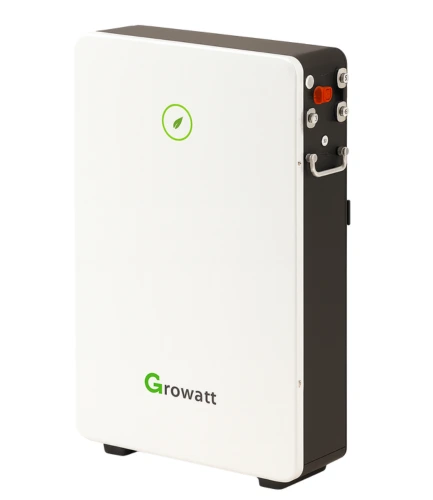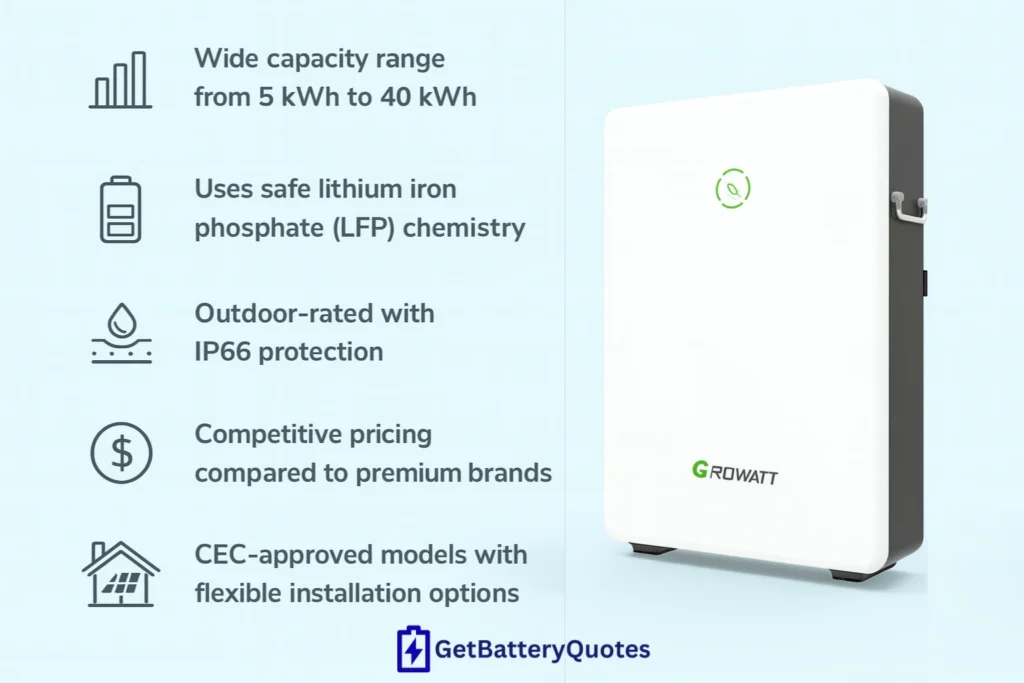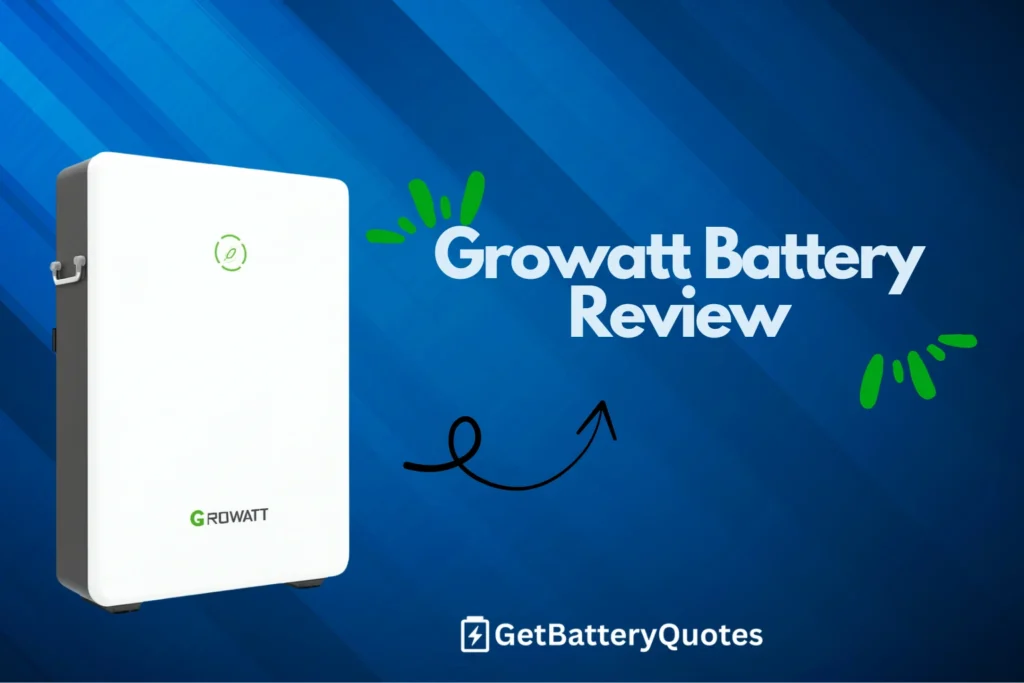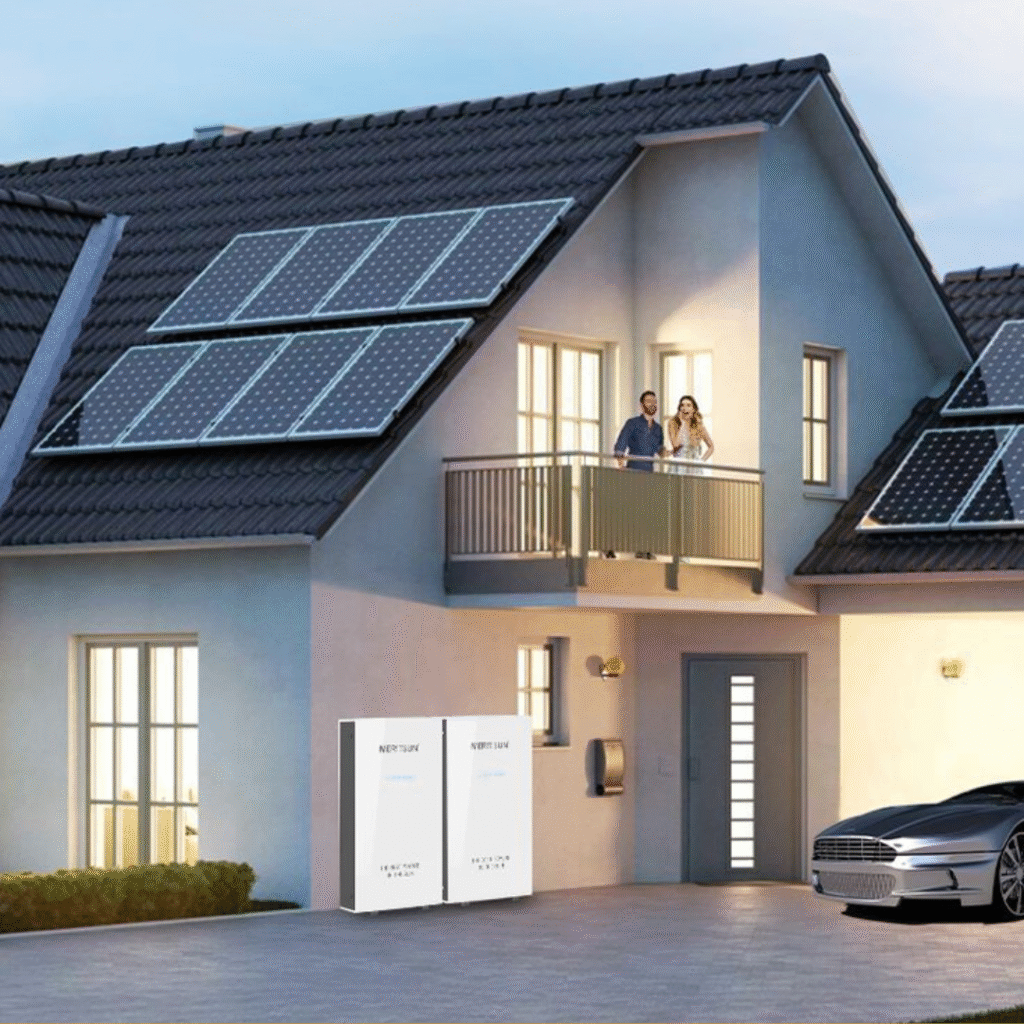Table of Contents
- 1. Affordable Storage, But Does It Deliver Long-Term Value?
- 2. Quick Pros & Cons
- 3. Performance Matrix: How the FoxESS Battery Scores
- 4. Who Should Consider a Growatt Battery?
- 5. About Growatt
- 6. Growatt Battery Models and Key Specifications
- 7. Expanded Pros & Cons
- 8. Support & Warranty
- 9. Ask Us Anything
- 10. Downloadable Documents
- 11. Final Verdict: Should You Buy a FoxESS Battery in 2025?
Affordable Storage, But Does It Deliver Long-Term Value?

Quick Pros & Cons
Pros
- Wide capacity range from 5 kWh to 40 kWh
- Uses safe lithium iron phosphate (LFP) chemistry
- Outdoor-rated with IP66 protection
- Competitive pricing compared to premium brands
- CEC-approved models with flexible installation options
Cons
- App and monitoring tools are less polished than competitors
- Mixed customer feedback on reliability and after-sales support in Australia
- Brand presence and local service network are weaker than Sungrow, BYD, or GoodWe
- Warranty support may feel less responsive compared to established players

Growatt Battery Performance Matrix
Technical Performance
Summary:
Growatt batteries offer decent scalability and safe LFP chemistry, but they do not match the efficiency or power output of leading brands.
User Experience
Summary:
Installation is straightforward, but the app experience and customer feedback bring the user experience down.
Trust & Support
Summary:
Pricing is competitive, but Growatt lacks the service reputation and strong support network of top-tier brands.
Overall Score
67%
Get Upto 3 Quotes
Compare Battery prices from trusted installers and save thousands on your energy storage system
Who Should Consider a Growatt Battery?
- Homeowners looking for a budget-friendly entry point into solar battery storage
- Households that already use a Growatt inverter, ensuring compatibility and easier integration
- Properties needing a scalable system, with capacity ranging from 5 kWh up to 40 kWh
- Installations where outdoor-rated batteries are required

About Growatt
Growatt Battery Models and Key Specifications
Growatt offers two main battery series in Australia: ALP (low-voltage) and APX (high-voltage). Both use lithium iron phosphate (LFP) chemistry, are modular, and support outdoor installation.
ALP Series (Low Voltage)
- Capacity range: 5 kWh to 40 kWh
- Usable capacity: 4.6 kWh to 36.8 kWh
- Depth of Discharge: 90%
- Scalability: Up to 8 packs in parallel
- Installation: Wall or floor mounted, IP66 rated
- Typical models: ALP 5.0L-E1, ALP 10.0L-E1, ALP 20.0L-E1, ALP 40.0L-E1
APX Series (High Voltage)
- Capacity range: 5 kWh to 30 kWh
- Usable capacity: 4.5 kWh to 27 kWh
- Modular design with stackable battery packs
- Compatible with Growatt hybrid and AC-coupled inverters
- Outdoor-rated with IP66 protection
- Versions include APX S0, S1, and S2, offering incremental improvements in control and inverter integration
Key Point: Both ALP and APX series are Clean Energy Council–approved and designed to integrate with Growatt inverters, making them practical for households already invested in Growatt systems.
Expanded Pros & Cons
What We Like
- Flexible capacity options
Systems can scale from 5 kWh to 40 kWh, covering small to large household needs.
- Safe chemistry
- Outdoor-ready
- CEC-approved
- Affordable pricing
What Concerns Us
- Mixed reliability feedback
- App experience
- Warranty support
- Weaker brand presence
Get Upto 3 Quotes
Compare Battery prices from trusted installers and save thousands on your energy storage system
Support & Warranty
- Coverage of up to 10 years or a defined number of cycles (usually 6,000+).
- Minimum guaranteed capacity of around 60% after 10 years.
- Valid only when installed and configured according to manufacturer guidelines.
We Have Great Answers
Ask Us Anything
Downloadable Documents
For homeowners and installers wanting more technical details, the following documents are available:
Final Verdict: Should You Buy a Growatt Battery in 2025?
Overall Score: 67%
Growatt batteries are best for homeowners seeking affordable storage with basic functionality, but we do not consider them part of our recommended list for most Australian households in 2025.


